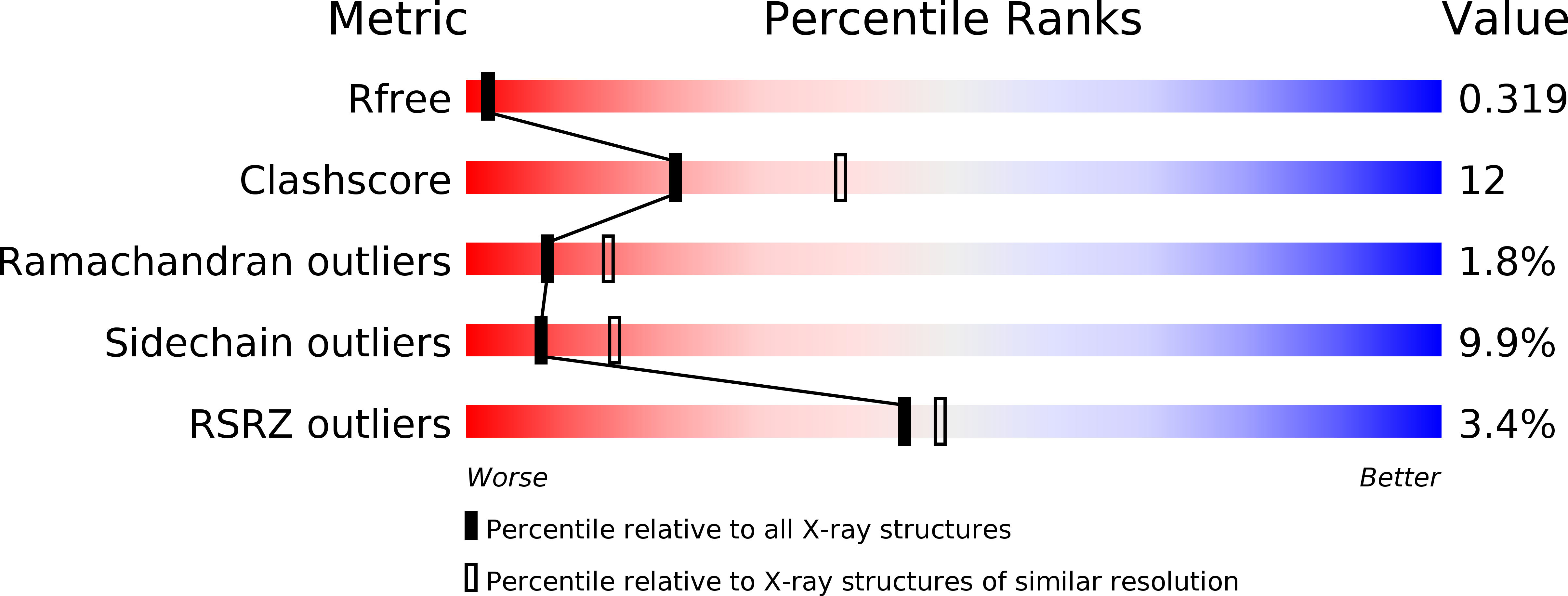
Deposition Date
2010-03-01
Release Date
2010-09-15
Last Version Date
2023-11-01
Entry Detail
PDB ID:
3LZ0
Keywords:
Title:
Crystal Structure of Nucleosome Core Particle Composed of the Widom 601 DNA Sequence (orientation 1)
Biological Source:
Source Organism:
Xenopus laevis (Taxon ID: 8355)
Host Organism:
Method Details:
Experimental Method:
Resolution:
2.50 Å
R-Value Free:
0.31
R-Value Work:
0.26
R-Value Observed:
0.26
Space Group:
P 21 21 21


